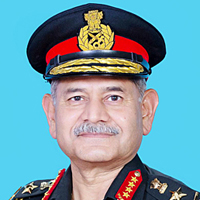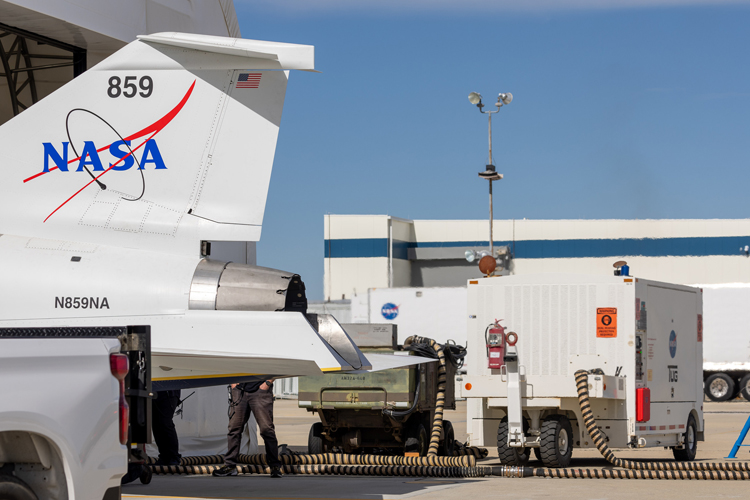INDIAN ARMED FORCES CHIEFS ON OUR RELENTLESS AND FOCUSED PUBLISHING EFFORTS

The insightful articles, inspiring narrations and analytical perspectives presented by the Editorial Team, establish an alluring connect with the reader. My compliments and best wishes to SP Guide Publications.

"Over the past 60 years, the growth of SP Guide Publications has mirrored the rising stature of Indian Navy. Its well-researched and informative magazines on Defence and Aerospace sector have served to shape an educated opinion of our military personnel, policy makers and the public alike. I wish SP's Publication team continued success, fair winds and following seas in all future endeavour!"

Since, its inception in 1964, SP Guide Publications has consistently demonstrated commitment to high-quality journalism in the aerospace and defence sectors, earning a well-deserved reputation as Asia's largest media house in this domain. I wish SP Guide Publications continued success in its pursuit of excellence.
- A leap in Indian aviation: Prime Minister Modi inaugurates Safran's Global MRO Hub in Hyderabad, Calls It a Milestone
- All about HAMMER Smart Precision Guided Weapon in India — “BEL-Safran Collaboration”
- India, Germany deepen defence ties as High Defence Committee charts ambitious plan
- True strategic autonomy will come only when our code is as indigenous as our hardware: Rajnath Singh
- EXCLUSIVE: Manish Kumar Jha speaks with Air Marshal Ashutosh Dixit, Chief of Integrated Defence Staff (CISC) at Headquarters, Integrated Defence Staff (IDS)
- Experts Speak: G20 Summit: A Sign of Global Fracture
X-59 Engine Roars, Lockheed Martin Starts Last Major Ground Test

Lockheed Martin Skunk Works®, in partnership with NASA Aeronautics, started X-59 engine run testing, marking the aircraft's final major system check-out before taxi tests and first flight. The tests also mark the first time the X-59 was powered fully internally.
During the tests, Lockheed Martin is verifying inlet and nozzle performance, aircraft and engine structural and system interfaces, and engine control algorithms. Previously, the X-59 had been powered externally – electrically, hydraulically and pneumatically.
"It was an emotional high to see and hear another innovative, boundary-pushing Skunk Works X-plane come to life," said Pat LeBeau, X-59 program manager, Lockheed Martin Skunk Works. "The team has done an incredible job, and we remain focused on the path forward to a safe and successful first flight."
Engine runs are the last, critical system check-out prior to first flight that verifies proper functionality of the X-59 as an integrated system operating on its own power. The tests ensure the engine can be controlled through the vehicle management system and engine computer. They also verify management of the fuel system, vibration and temperature interactions and more.
Following these successful engine runs, the X-59 will be evaluated for electromagnetic interference effects, simulated in-flight failure modes and validation of the emergency power system. Once those are complete, the aircraft will undergo low-speed and high-speed taxi tests in preparation for first flight.
The X-59 is a one-of-a-kind test aircraft designed to achieve quiet supersonic flight and transform future commercial air travel. It is a singularly unique, national asset. Lockheed Martin and NASA are taking every precaution in a paced, systematic and disciplined approach to ensure safety and success of the mission.





